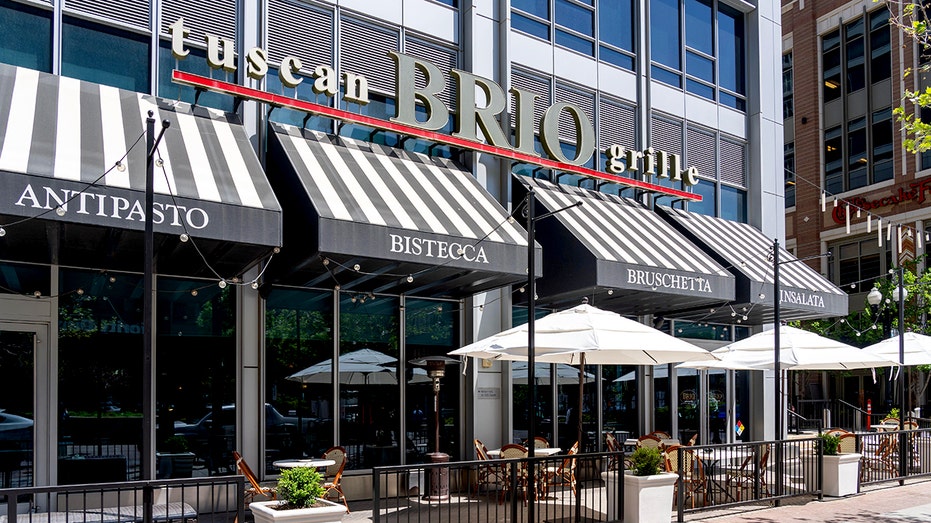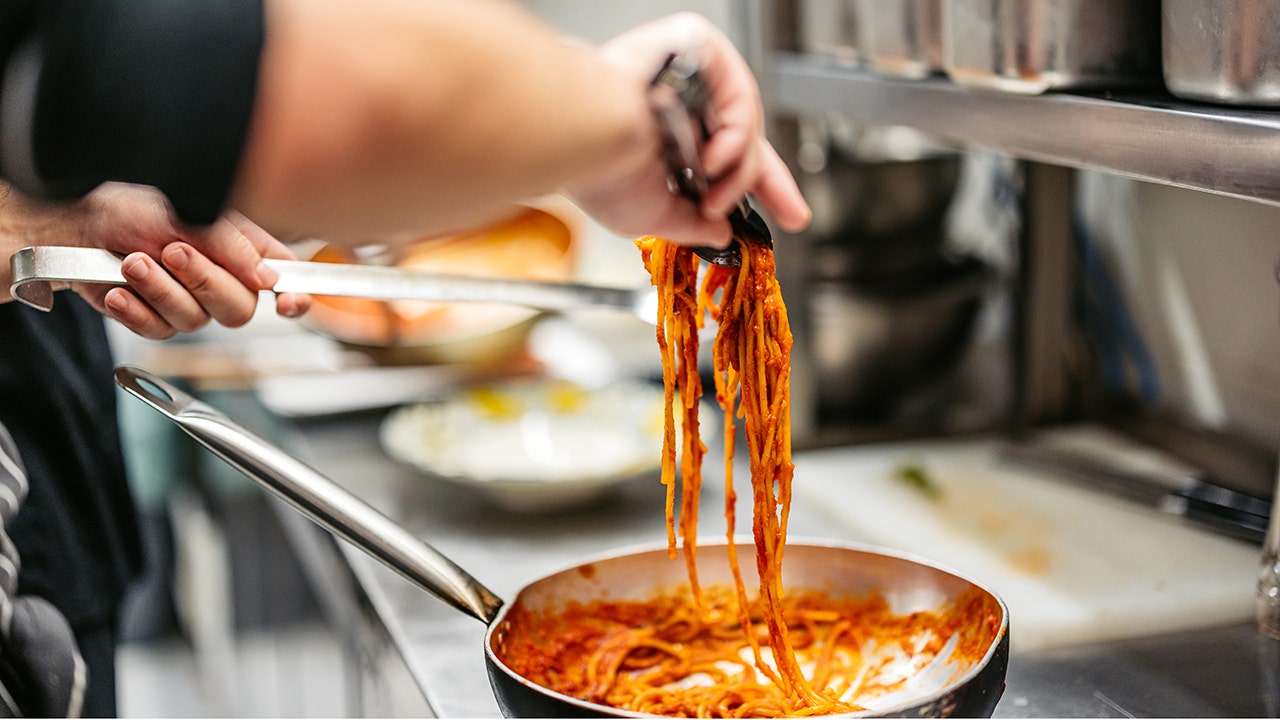Bravo Brio Restaurants LLC, the parent of Bravo! Italian Kitchen and Brio Italian Grille, filed for Chapter 11 bankruptcy protection for the second time in five years, citing the “acute financial distress” facing the industry.
The company filed in the U.S. Bankruptcy Court for the Middle District of Florida on Aug. 18, aiming to restructure its debt, streamline and reduce operational expenses, shed underperforming leases, close underperforming locations and attract a new investor.
Prior to filing for bankruptcy protection, the company closed seven locations. In total, there are 48 locations operating across the nation under both brands with about 4,000 employees. Forty-seven locations are leased.
In the filing, the company said that while the immediate impact of COVID-19 subsided, the country subsequently faced “rampant inflation and a sharp doubling of interest rates.”
HOOTERS LOOKING AT POSSIBLE BANKRUPTCY FILING
These pressures hindered consumer spending across industries, although the company said the casual dining-in restaurant sector was “hit especially hard.”
“Restaurants, particularly legacy casual dining restaurants brands, were disproportionately affected because they operate on thin margins, rely heavily on discretionary consumer spending, and face higher sensitivity to increases in food, labor, and occupancy costs,” the company said in the filing, adding that rising prices discourage customers from dining out while higher interest rates increased financing costs.
Bravo said these were the very reasons why there were several Chapter 11 filings among legacy brands including Red Lobster, Tijuana Flats, Fridays and Hooters.
RED LOBSTER IS BACK; CEO PLOTS FUTURE FOR SEAFOOD CHAIN
Bankruptcy attorney Daniel Gielchinsky projected in February that a growing number of major restaurant chains will likely continue to file for bankruptcy protection over the coming years.
Several factors led to their downfall, according to Gielchinsky, founder and partner of South Florida-based DGIM Law.

However, the COVID-19 pandemic was the catalyst, as the industry saw traffic decline significantly. Operators wanted to keep their doors open, so they had to cover costs like rent, insurance and payroll, even though customers weren’t coming in. To stay afloat, restaurants relied on government subsidies but also on taking out loans to fund business expenses. This meant that companies accumulated debt that they had to pay back over time plus interest.
The problem, however, is that the industry expected consumer spending at restaurants to return to pre-pandemic levels once things returned to normal. When that didn’t happen, debt-ridden restaurants were unable to repay those loans, according to Gielchinsky.
Top-line revenue never rebounded, according to Gielchinsky, who said that “customers never came back in full force” due to changes in their habits and spending ability.
Read the full article here


